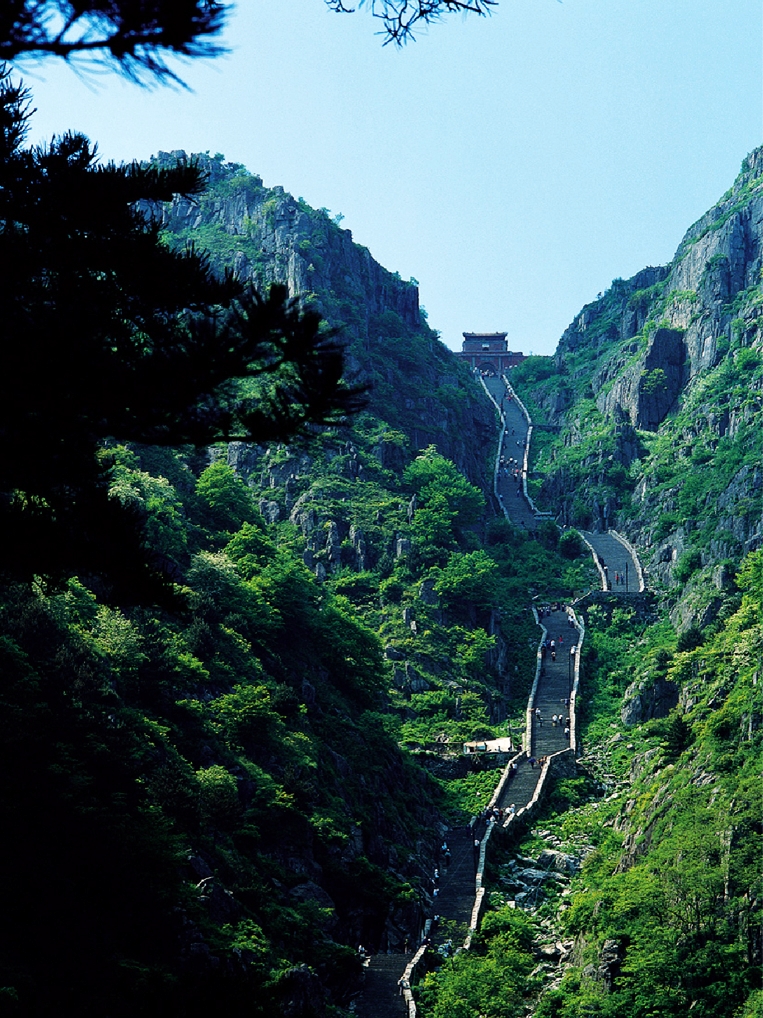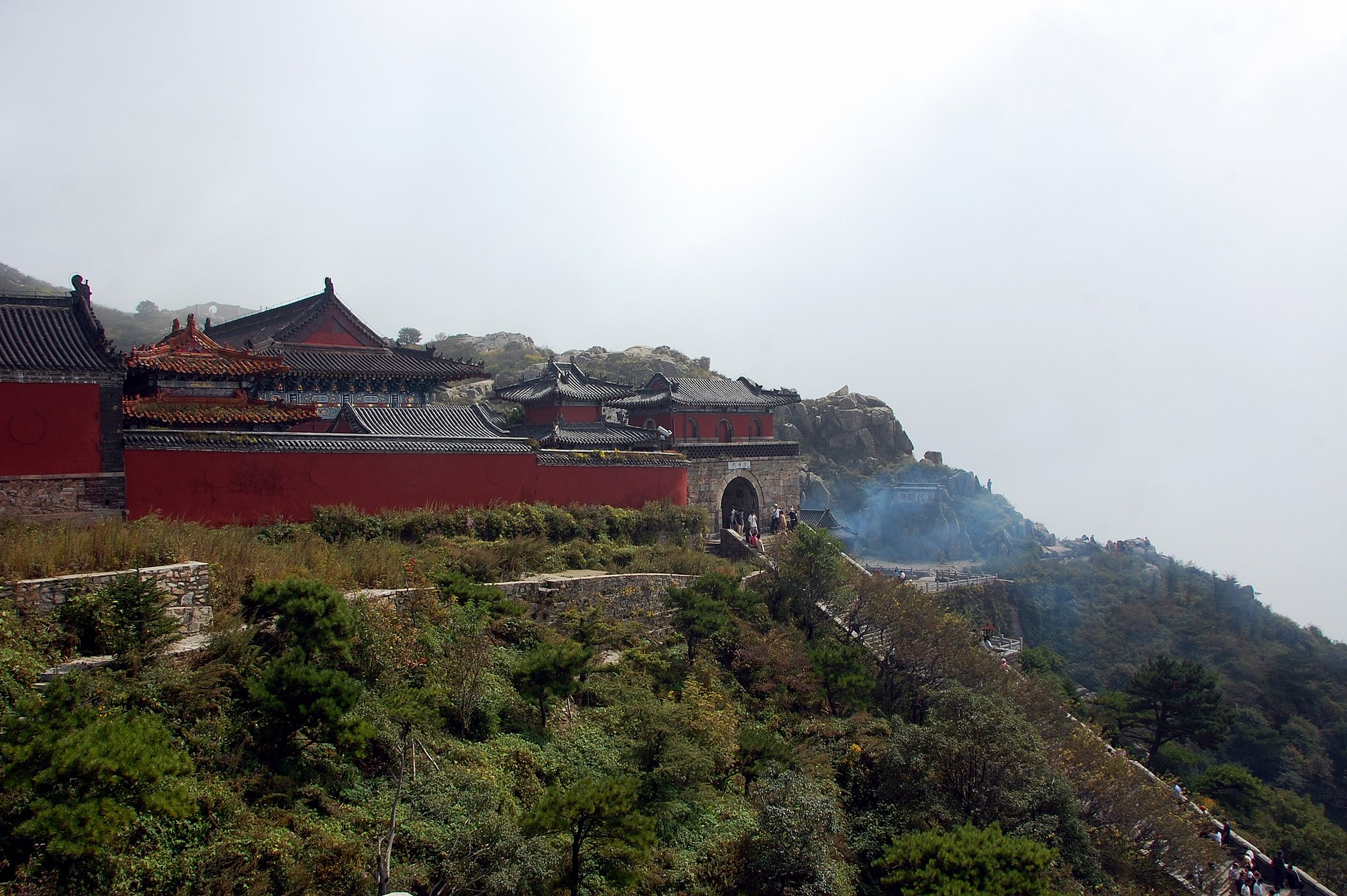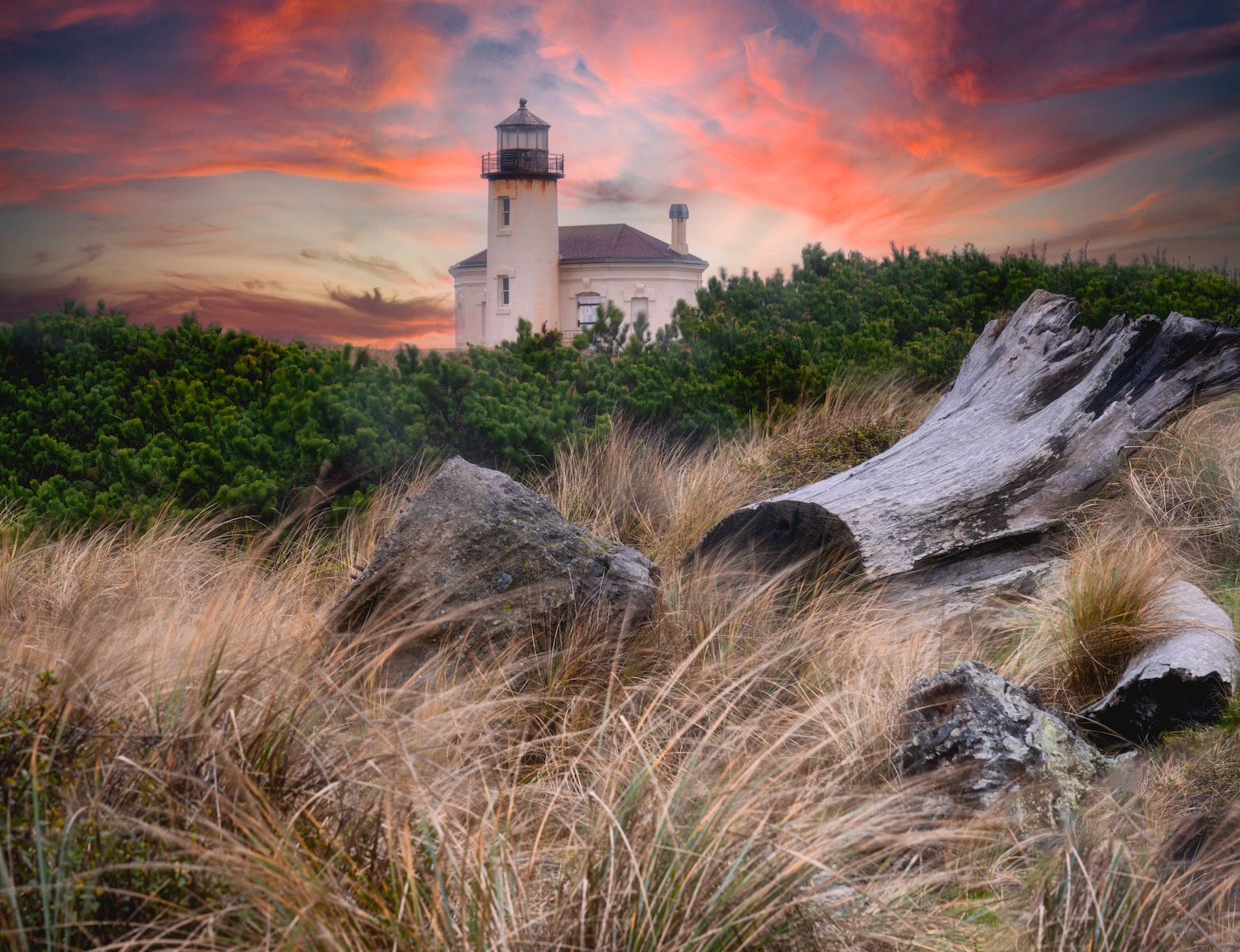Discover the breathtaking beauty of Mount Taishan, a UNESCO World Heritage Site nestled in the heart of China. Embark on a captivating journey as we delve into the enchanting landscape and delve into the secrets of this sacred mountain. From ethereal sunrises to dramatic cliffs and awe-inspiring views, learn how to capture the essence of this majestic destination through the lens of your camera. Join us as we explore the wonders of Mount Taishan and unlock the mysteries of its captivating scenery.
Table of Contents
- The Majestic Mount Taishan: A Photographer’s Paradise
- Choosing the Right Gear for Capturing the Serene Beauty of Mount Taishan
- The Best Time and Vantage Points for Mount Taishan
- Frequently Asked Questions
- 1. What makes Mount Taishan a popular destination for landscape photography?
- 2. Why is Mount Taishan considered a UNESCO World Heritage Site?
- 3. Are there any restrictions or permits required for photography at Mount Taishan?
- 4. When is the best time to visit Mount Taishan for photography?
- 5. Are there any recommended photography spots on Mount Taishan?
- 6. What equipment should I bring for photographing Mount Taishan?
- 7. Are there any hiking trails or cable cars to access different photo spots on Mount Taishan?
- Wrap Up
The Majestic Mount Taishan: A Photographer’s Paradise
When it comes to capturing breathtaking landscapes, few places rival the ethereal beauty of Mount Taishan in China. As one of the five sacred mountains in the country, this UNESCO World Heritage Site offers photographers a plethora of stunning photography opportunities.
1. Awe-Inspiring Peaks and Valleys
The rugged terrain of Mount Taishan is a spectacle in itself, with its soaring peaks and deep valleys. The mountain boasts numerous picturesque trails that wind their way through dense forests, steep cliffs, and tranquil streams. These natural features provide a sensational backdrop for landscape photography, guaranteeing that each shot will convey a sense of grandeur and serenity.
To make your photographs truly exceptional, focus on highlighting the contrast between the towering peaks and the surrounding valleys. Frame your shots to emphasize the scale and depth of the landscape, capturing the vastness and majesty of Mount Taishan.
2. Cultural and Historical Sites
Mount Taishan holds immense spiritual significance in Chinese culture and is home to a multitude of cultural and historical sites. From ancient temples and stone inscriptions to ornate bridges and traditional pagodas, photographing these landmarks allows you to capture the intersection of natural beauty and human history.
When photographing cultural sites, be mindful of the details that make each location unique. Pay attention to the intricate architecture, vibrant colors, and symbolic decorations. Incorporate elements of the surrounding landscape to create a sense of harmony and context in your photographs.
Furthermore, remember to be respectful of the sacred nature of these sites. Seek permission when necessary and be cautious not to disrupt any ongoing religious ceremonies or practices.
To elevate your photography skills, experiment with different techniques such as long exposures to capture the spiritual aura that surrounds Mount Taishan. Utilize soft filters to emphasize the serenity of the surroundings and create mystic atmospheres.
Whether you are an amateur or professional photographer, Mount Taishan offers an abundance of opportunities to capture the awe-inspiring beauty of nature and immerse yourself in Chinese culture. Embrace the challenge of photographing this sacred mountain, and let your lens tell the story of Mount Taishan’s elegance and cultural significance.
Interesting fact:
Mount Taishan, also known as the "Mountain of Peace," has been worshipped for over 3,000 years and is one of the five sacred mountains in China. It has been climbed by countless emperors, poets, and pilgrims, making it a symbol of spiritual significance and natural beauty.
Choosing the Right Gear for Capturing the Serene Beauty of Mount Taishan
When it comes to landscape photography, having the right equipment can make all the difference in capturing the ethereal beauty of Mount Taishan. Let’s explore the best camera, lenses, and additional gear you should consider bringing on your journey to this UNESCO World Heritage Site.
1. Camera Options:
When choosing a camera for landscape photography, it’s essential to consider image quality, dynamic range, and ease of use. Here are a few options to consider:
- Nikon D850: With its high-resolution sensor and excellent dynamic range, the D850 is a top choice for capturing the stunning details of Mount Taishan. Its user-friendly interface and robust build make it an ideal companion for outdoor photography.
- Sony A7R IV: With an impressive 61-megapixel sensor, the A7R IV allows you to capture incredibly detailed images of the landscape. Its advanced autofocus system and in-body image stabilization ensure sharp and blur-free shots, even in challenging conditions.
- Canon EOS 5D Mark IV: Known for its exceptional image quality and reliable performance, the 5D Mark IV is a favorite among landscape photographers. Its wide dynamic range and intuitive controls make it a versatile tool for capturing the beauty of Mount Taishan.
Each of these cameras offers unique advantages, so consider your personal preferences and shooting style when making a decision.
2. Essential Lenses:
Aside from a camera, lenses play a crucial role in capturing the scenic splendor of Mount Taishan. Here are a few lens options to consider:
- Wide-angle lens: A wide-angle lens, such as the Nikon 14-24mm f/2.8 or the Canon 16-35mm f/2.8, allows you to capture the expansive landscapes of Mount Taishan while emphasizing the grandeur of its surroundings.
- Telephoto lens: A telephoto lens, like the Sony FE 70-200mm f/4 G or the Canon EF 100-400mm f/4.5-5.6L, is perfect for isolating specific elements of the mountain, capturing detailed shots of distant vistas, or exploring the landscapes from different perspectives.
- Prime lens: Prime lenses, such as the Sigma 35mm f/1.4 or the Nikon 50mm f/1.8, offer excellent image quality and low-light capabilities. They allow you to create stunning compositions and capture the intricate details of Mount Taishan.
Consider the type of shots you wish to capture and choose lenses that provide the desired focal length and versatility.
In addition to your camera and lenses, don’t forget to pack extra batteries, memory cards, a sturdy tripod, and filters to enhance your landscape photography experience.
By choosing the right gear to accompany you on your journey to Mount Taishan, you will be well-equipped to capture the mesmerizing beauty and serenity of this sacred UNESCO World Heritage Site.

The Best Time and Vantage Points for Mount Taishan
Mount Taishan, located in the eastern part of China, is a photographer’s paradise with its breathtaking landscapes and rich cultural heritage. As a UNESCO World Heritage Site and one of the country’s sacred mountains, it offers endless opportunities for capturing ethereal beauty through landscape photography. To make the most out of your visit and capture the essence of this magnificent site, it’s crucial to consider the best time to visit and the ideal vantage points and positions for photographers.
The Best Time of Year for Photography
While Mount Taishan is a year-round destination, certain seasons offer unique photography opportunities. Spring (April to May) and autumn (September to November) are particularly stunning as the mountain is adorned with vibrant colors and striking contrasts. During these times, delicate cherry blossoms and azaleas bloom in spring, while the foliage takes on brilliant hues of red, orange, and gold in autumn. These natural elements provide the perfect backdrop for awe-inspiring landscape captures.
However, keep in mind that these seasons also attract a larger number of tourists, which may affect your photography experience. To avoid crowds and have more intimate moments with nature, consider visiting during weekdays or early mornings.
Recommended Vantage Points and Positions
Mount Taishan offers various vantage points and positions from which you can capture its scenic beauty. Here are a few recommendations:
- Red Gate Palace: Located at the foot of the mountain, this vantage point offers a captivating view of the main entrance and the grandeur of the mountain in the background. It’s an ideal spot to capture the convergence of nature and human-made structures.
- Jade Emperor Peak: The highest peak of Mount Taishan provides a panoramic view of the surrounding landscapes. From here, you can capture the vastness of the mountain range, the winding rivers, and the mystical fog that often shrouds the peaks, adding an air of mystery to your photographs.
- Li Tianyi’s Courtyard: This vantage point offers a unique perspective of Mount Taishan. With the traditional Chinese architecture in the foreground and the mountain’s majesty in the background, photographers can create compelling compositions that showcase the harmonious coexistence of man and nature.
- Sunrise or sunset: The golden hours of sunrise and sunset provide photographers with magical lighting conditions. From various vantage points along the mountain, you can capture mesmerizing shots of the sun painting the sky with vibrant colors, casting long shadows over the landscapes, and illuminating the beauty of Mount Taishan.
Remember, exploring different vantage points and positions will allow you to capture different perspectives and showcase the unique elements that make Mount Taishan a UNESCO World Heritage Site.
When capturing the scenic beauty of Mount Taishan, remember to use a tripod for stability, especially during low-light conditions. This will help you achieve sharper and more detailed landscape photography, highlighting the unique elements that make this UNESCO World Heritage site so breathtaking.
Frequently Asked Questions
1. What makes Mount Taishan a popular destination for landscape photography?
Mount Taishan’s breathtaking landscapes, including its rocky peaks, lush forests, and serene waterfalls, make it a paradise for landscape photographers. Its unique natural elements create stunning compositions that are perfect for capturing ethereal beauty.
2. Why is Mount Taishan considered a UNESCO World Heritage Site?
Mount Taishan has been recognized as a UNESCO World Heritage Site due to its outstanding cultural and natural significance. It holds great importance in Chinese history and religion, as it is one of the country’s sacred mountains and has been a place of worship for over 3,000 years.
3. Are there any restrictions or permits required for photography at Mount Taishan?
There are no specific restrictions on photography at Mount Taishan. However, if you plan to use professional equipment or drones, it is advisable to check with local authorities or the park management to ensure compliance with any regulations and obtain any necessary permits.
4. When is the best time to visit Mount Taishan for photography?
The best time to visit Mount Taishan for photography is during spring (April to May) and autumn (September to November). During these seasons, the mountain is adorned with vibrant colors, including blooming flowers in spring and stunning foliage in autumn, providing a picturesque backdrop for your photographs.
5. Are there any recommended photography spots on Mount Taishan?
There are several iconic photography spots on Mount Taishan that you should not miss. These include the Red Gate Palace, Heavenly Street, South Heavenly Gate, Jade Emperor Peak, and the famous sunrise at the East Dawn Platform. These locations offer breathtaking views and unique perspectives for your landscape photography.
6. What equipment should I bring for photographing Mount Taishan?
When photographing Mount Taishan, it is recommended to bring a wide-angle lens to capture the expansive landscapes. A sturdy tripod is essential for long-exposure shots, particularly during sunrise or sunset. Additionally, carrying extra batteries, memory cards, and a lens cleaning kit is always advisable to ensure you never miss a shot.
7. Are there any hiking trails or cable cars to access different photo spots on Mount Taishan?
Yes, there are well-marked hiking trails that lead to various photo spots on Mount Taishan. However, if you prefer a more convenient option, cable cars are available to take you to certain viewpoints, such as the Middle Gate and the summit of Mount Taishan. Be sure to plan your itinerary accordingly and consider the time and fitness level required for each option.
Wrap Up
In conclusion, Mount Taishan offers a breathtaking landscape that captivates the heart and soul of anyone who visits. Its combination of awe-inspiring natural beauty, rich cultural history, and spiritual significance make it a truly unique destination. Whether you are an avid landscape photographer or simply a traveler seeking a spiritual journey, Mount Taishan has something to offer everyone.
So, why wait? Start planning your trip to this UNESCO World Heritage Site and immerse yourself in the ethereal beauty of Mount Taishan. Don’t forget to bring your camera and capture the mesmerizing scenic views. Share your experiences and thoughts in the comments below. We would love to hear from you!


